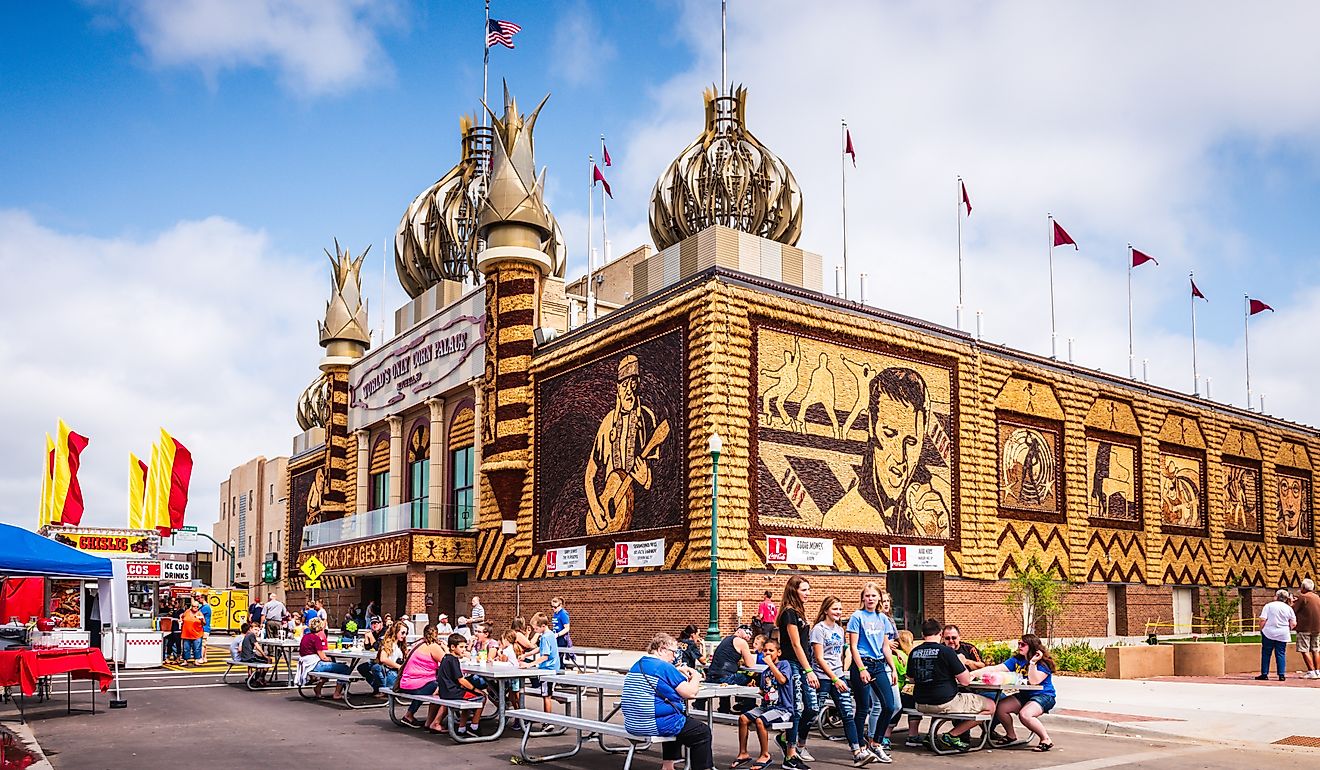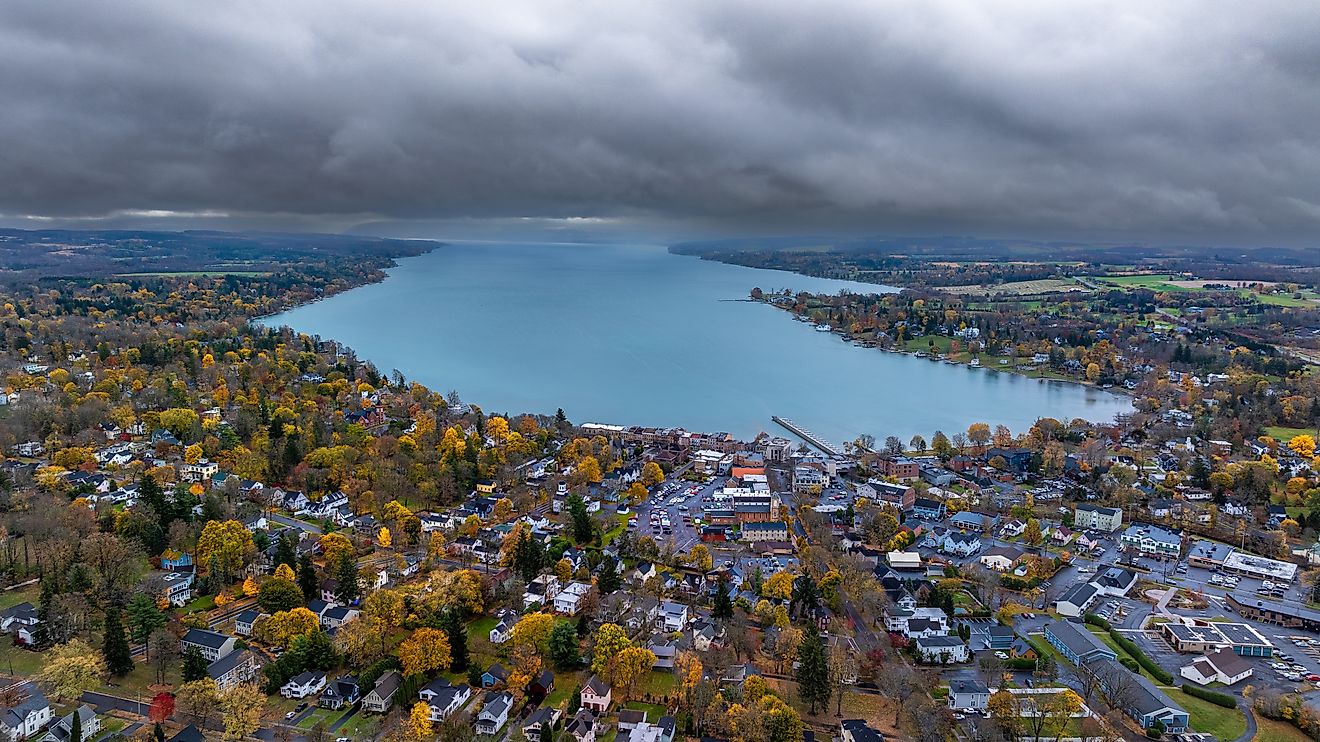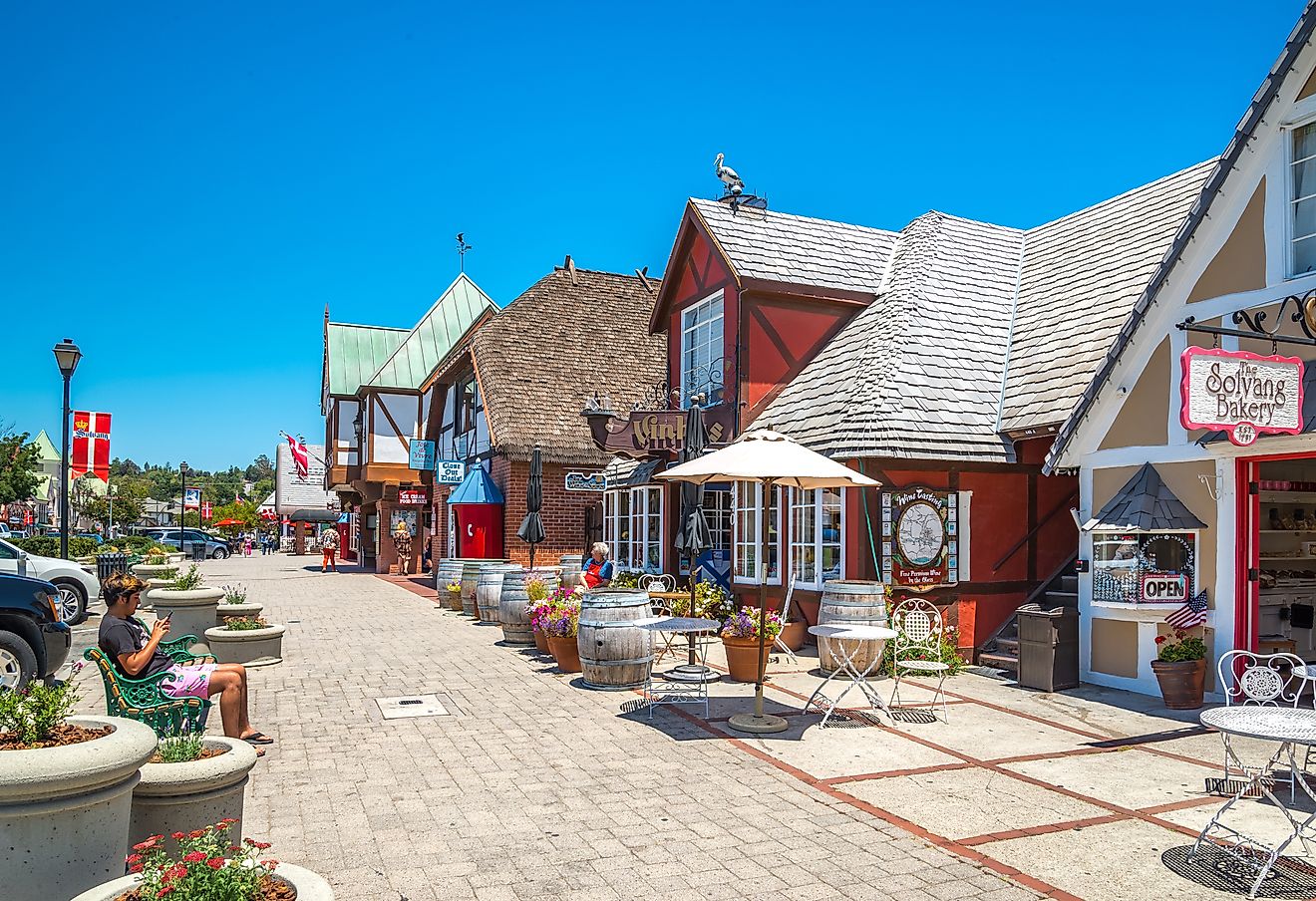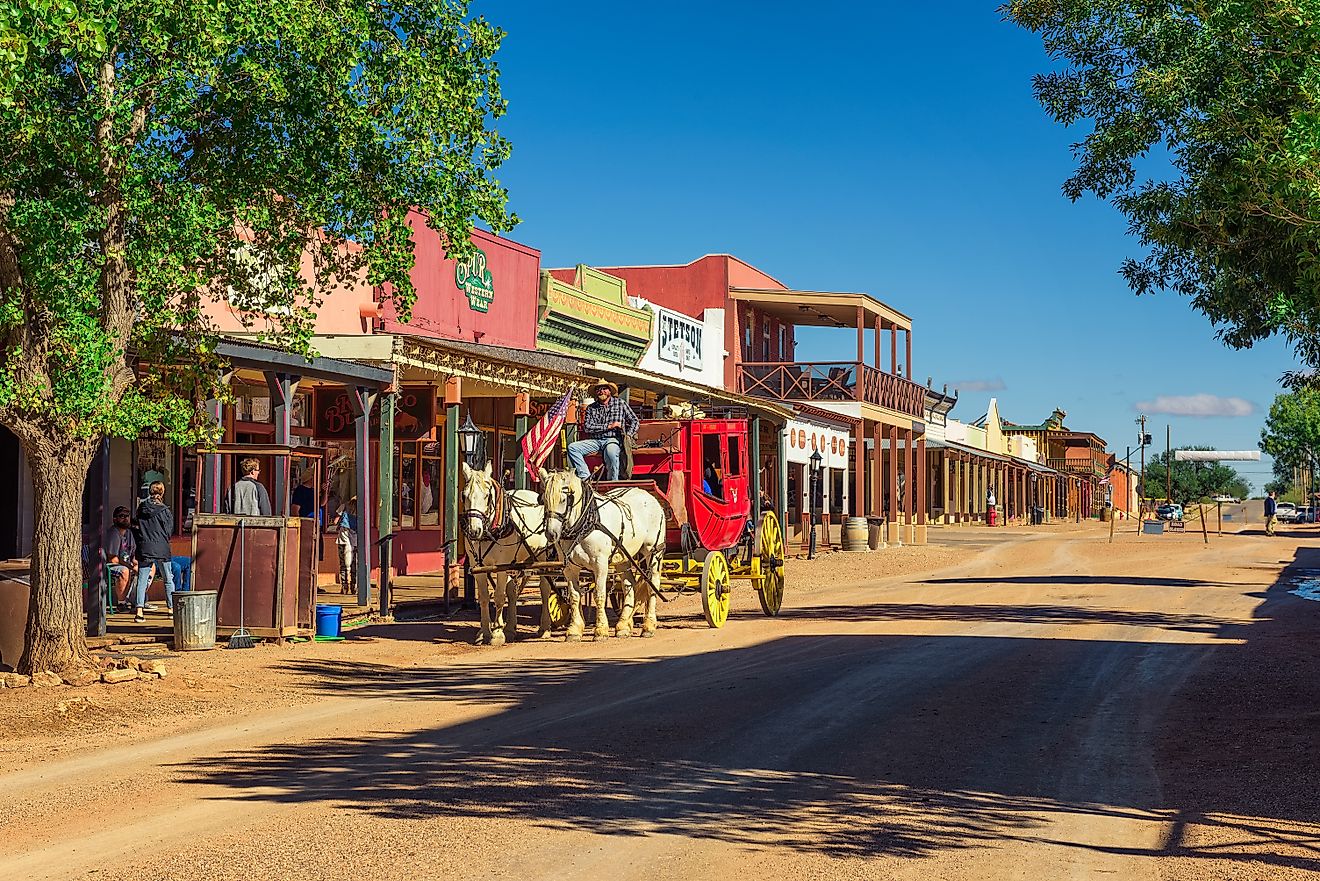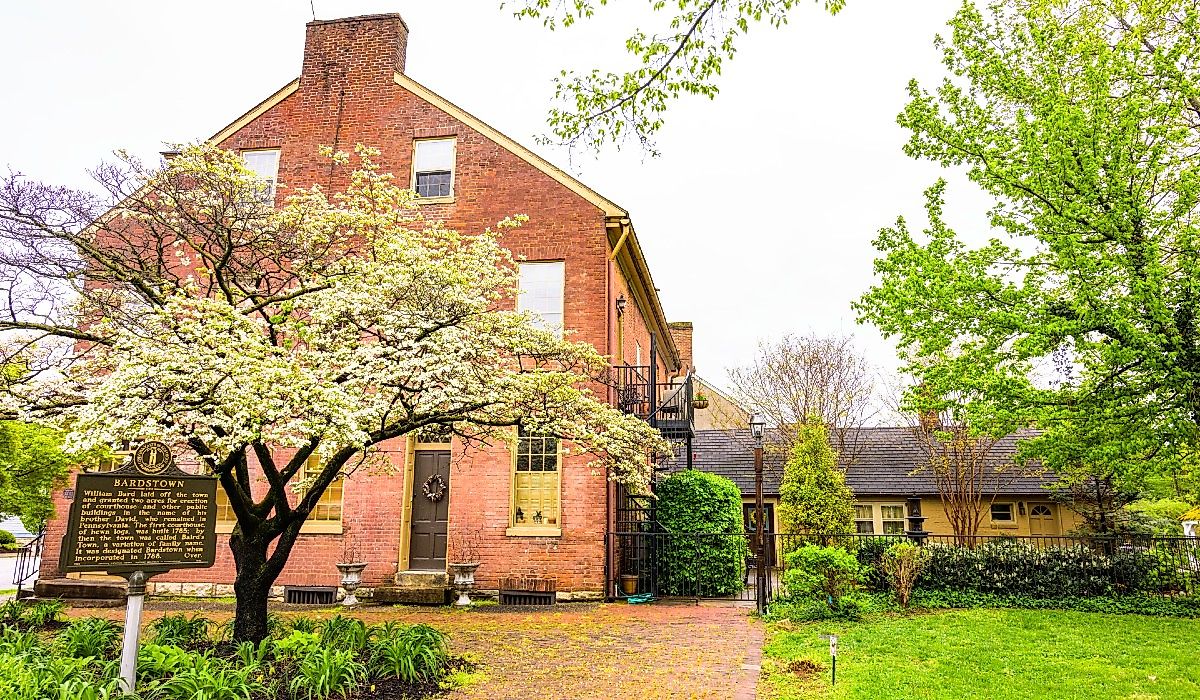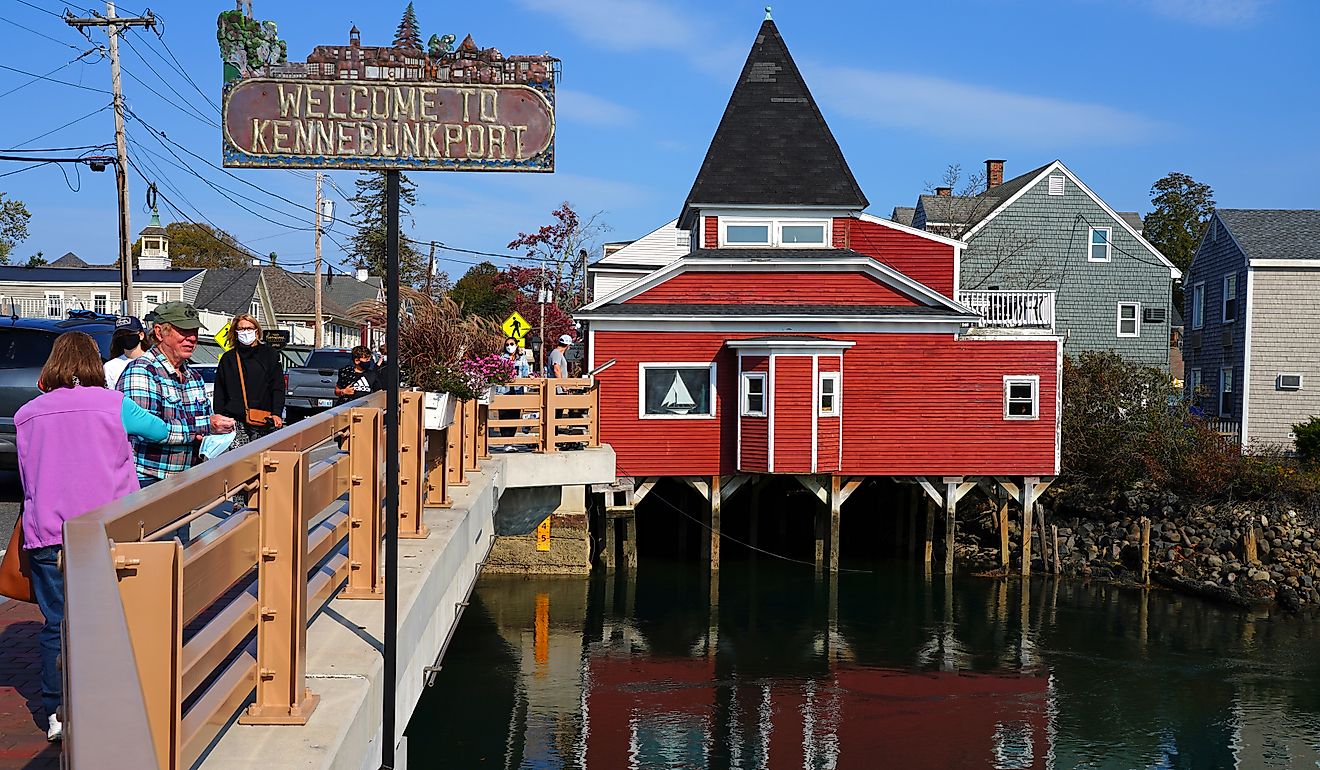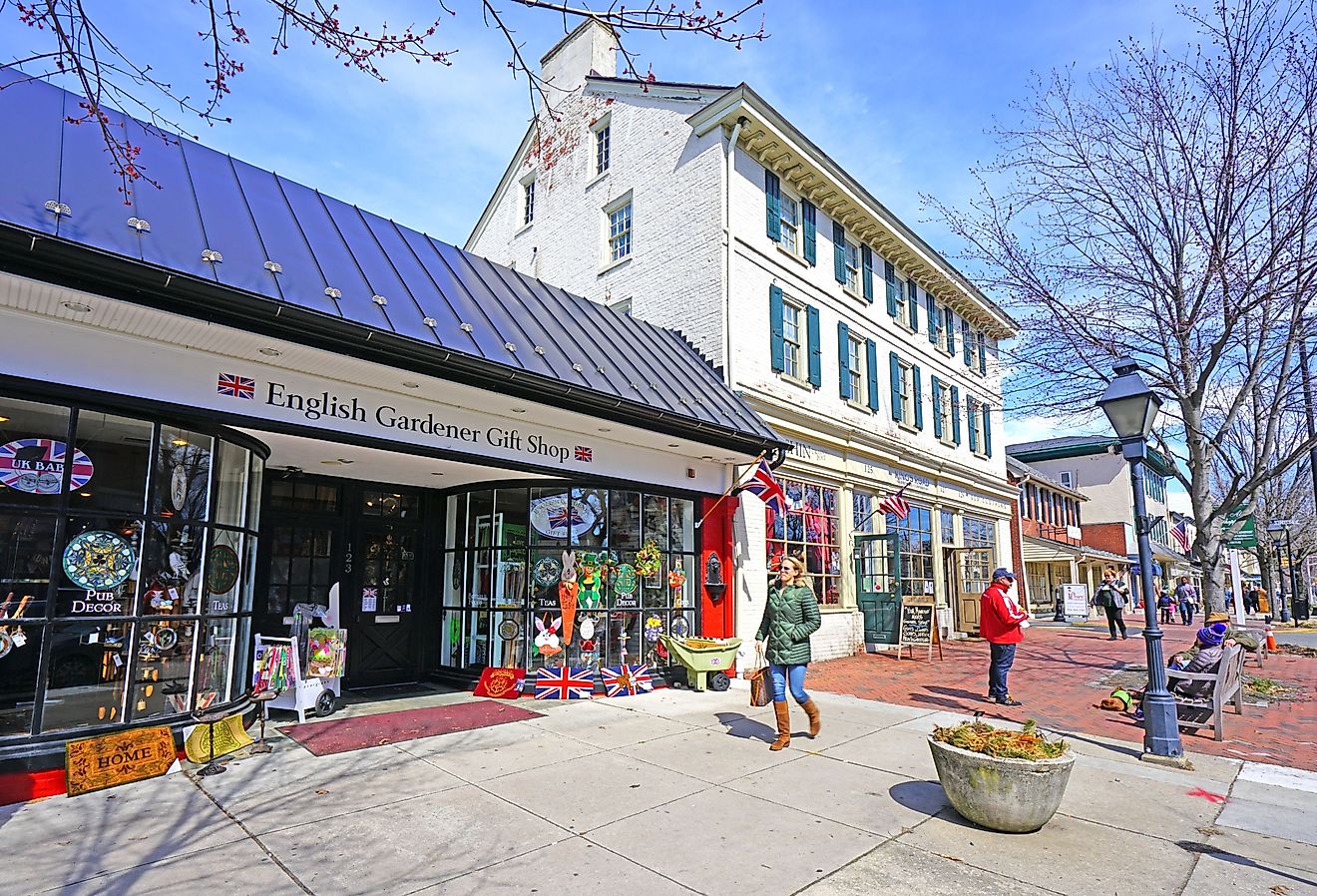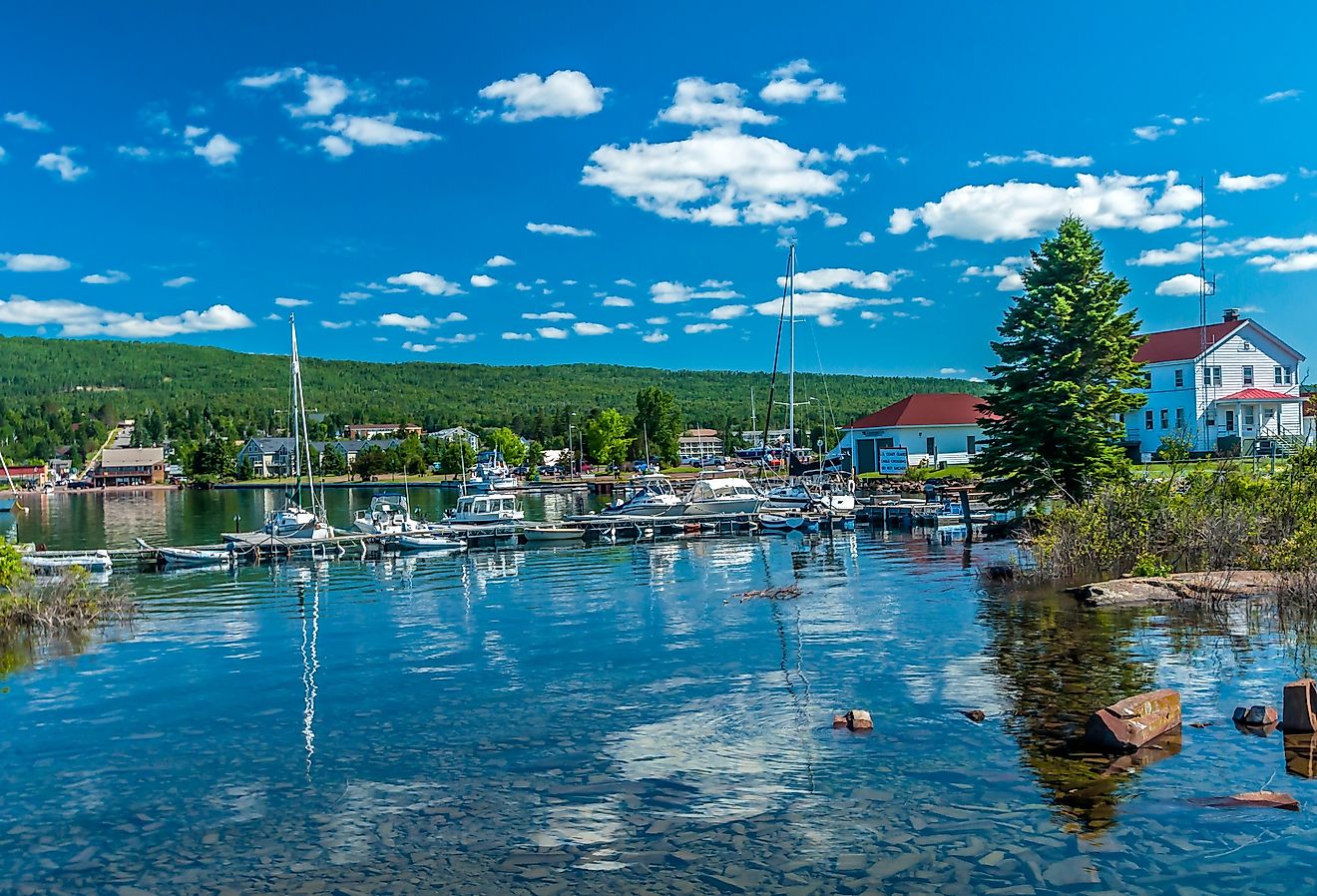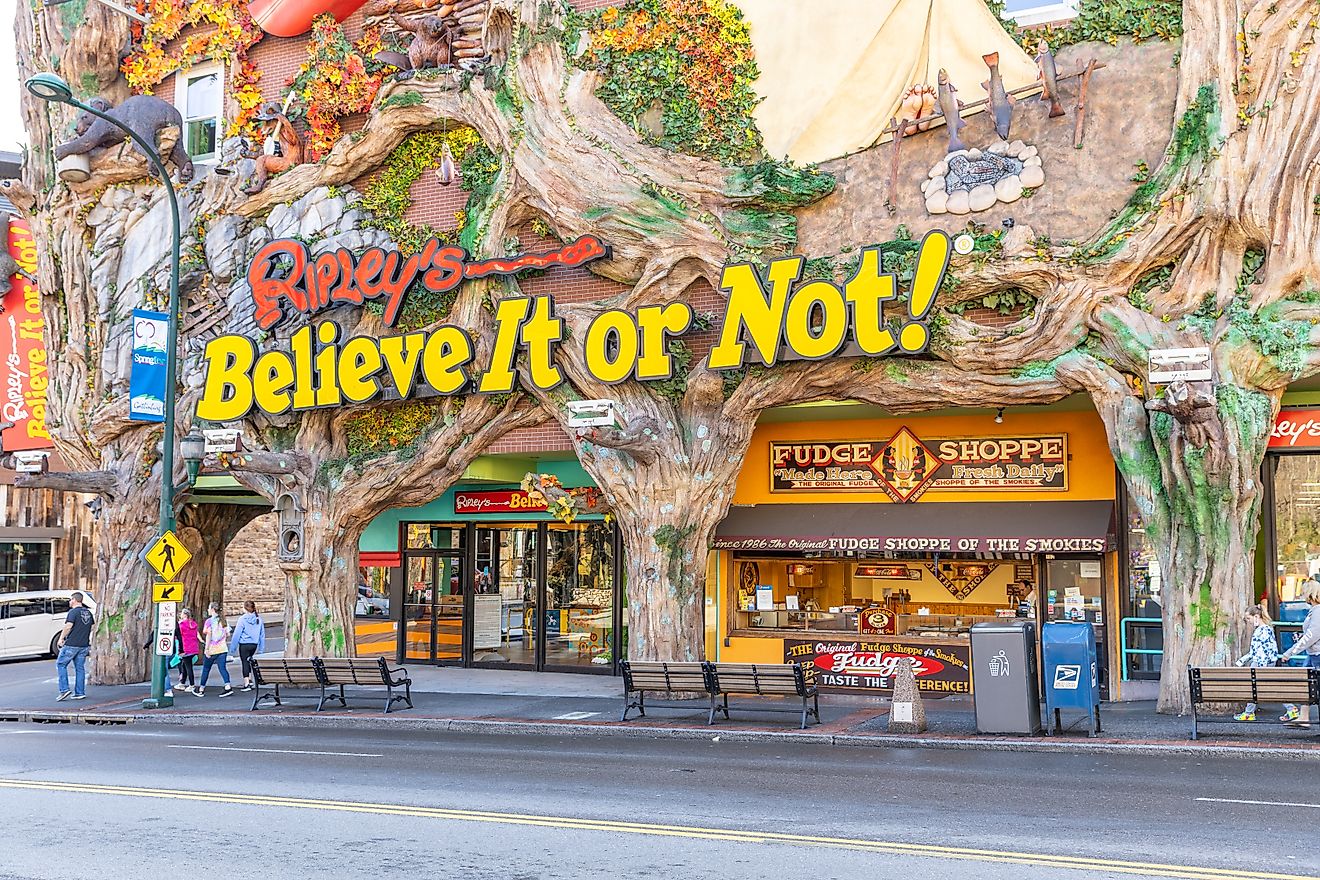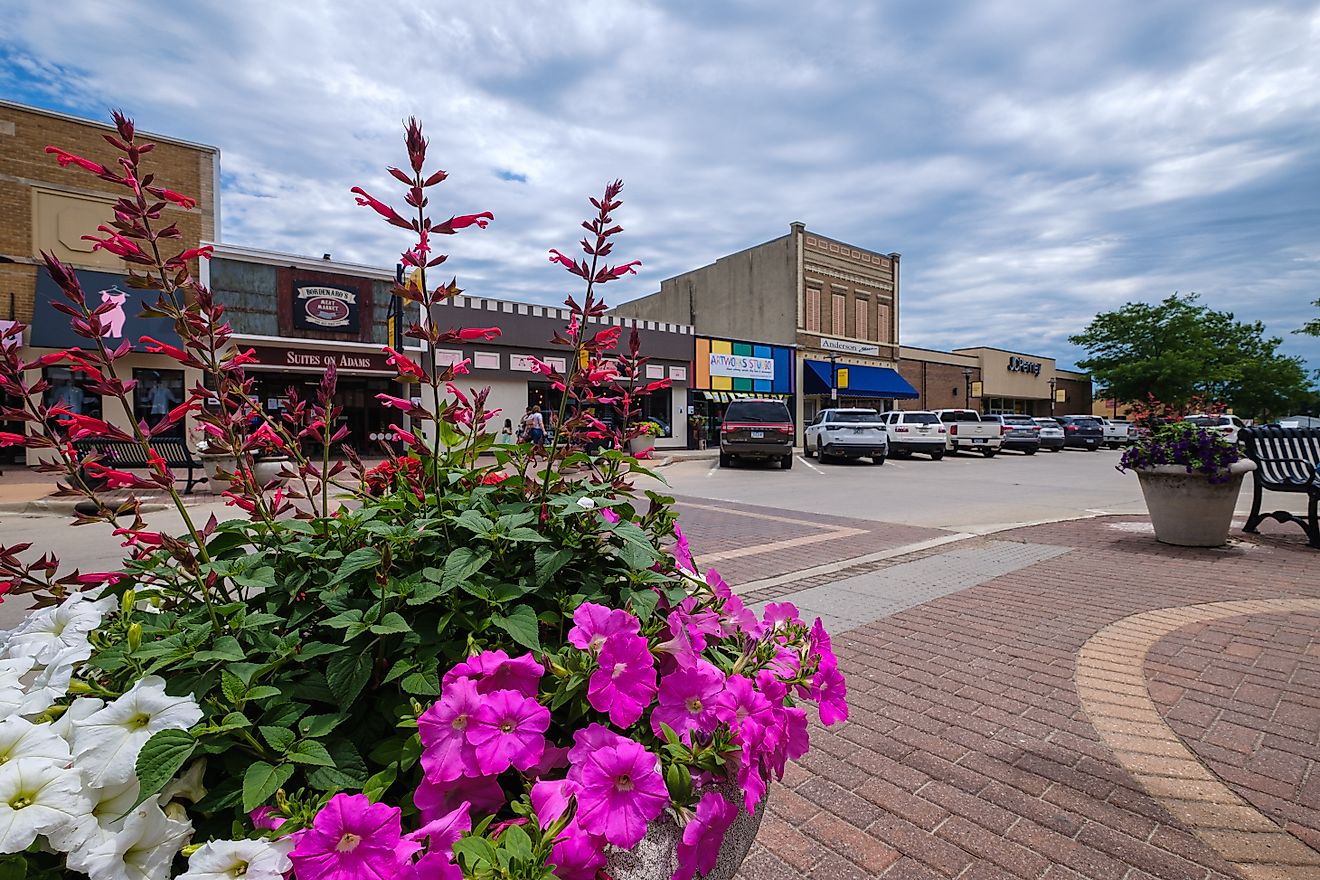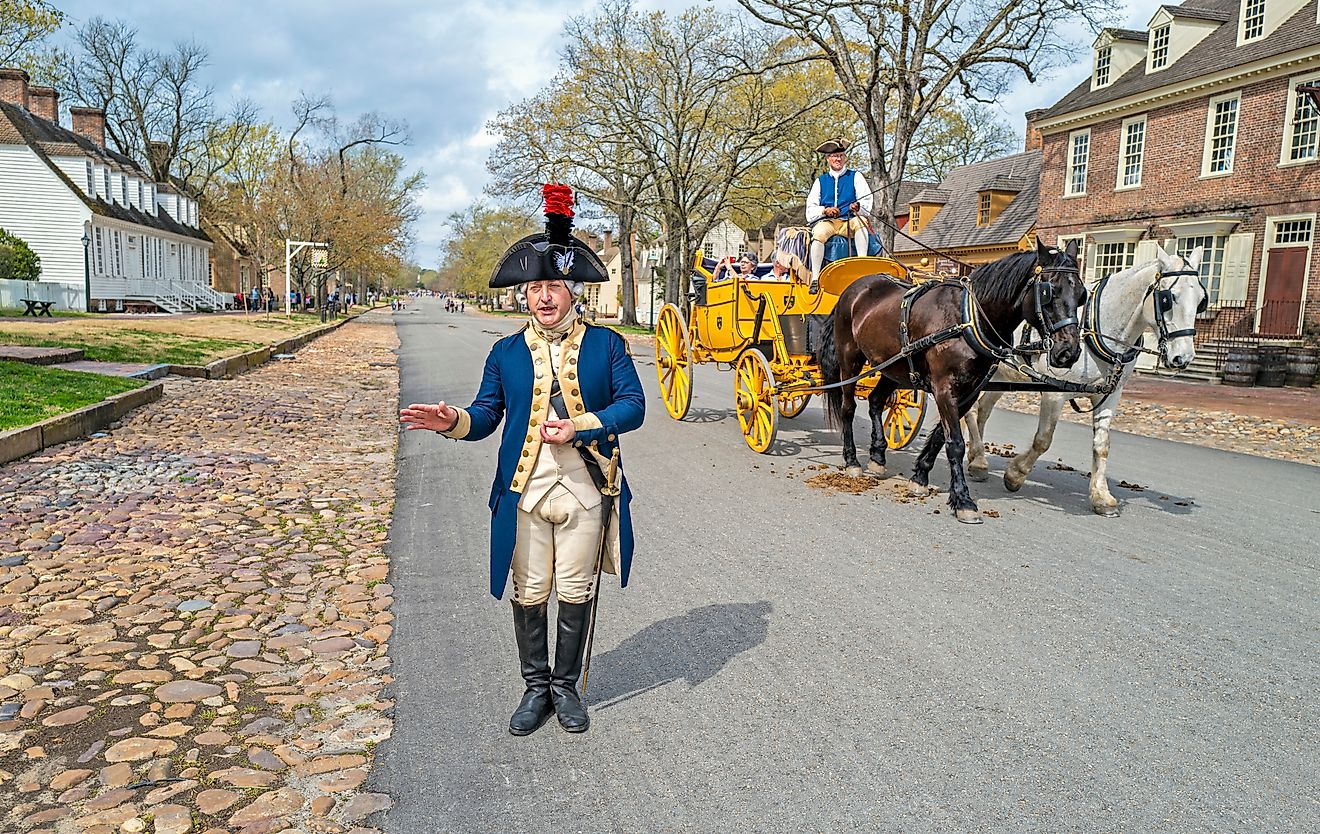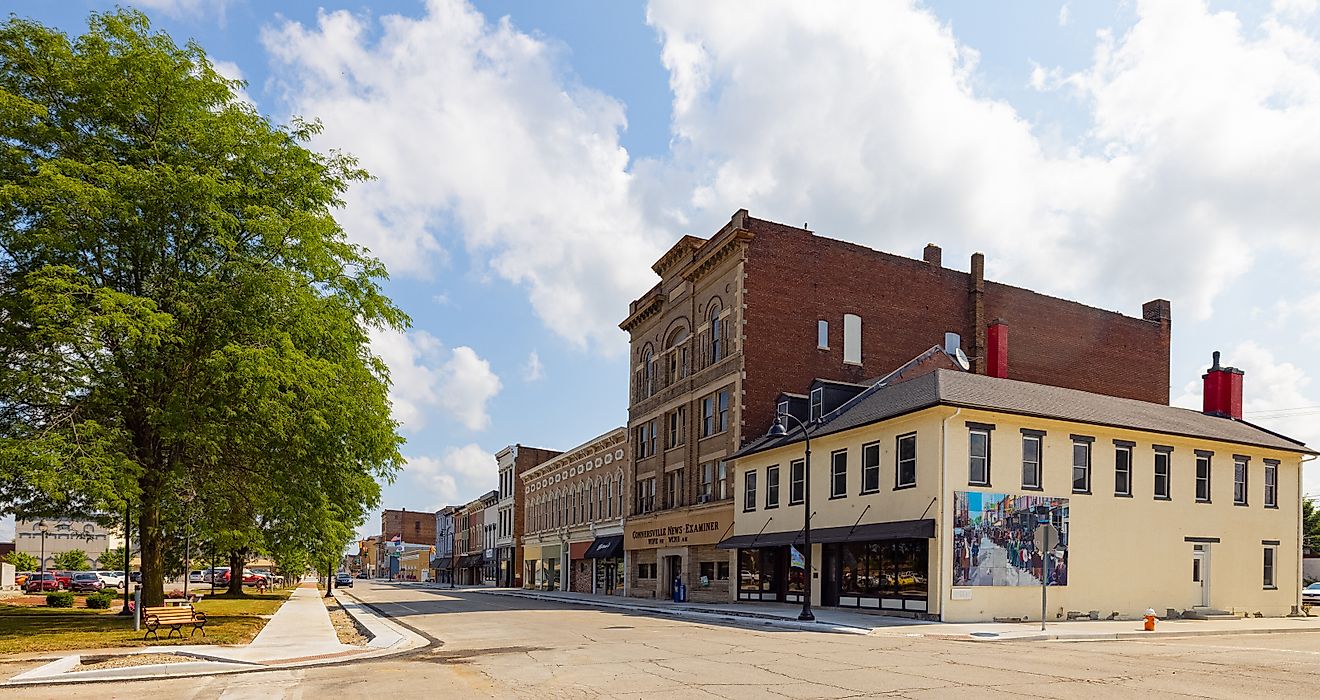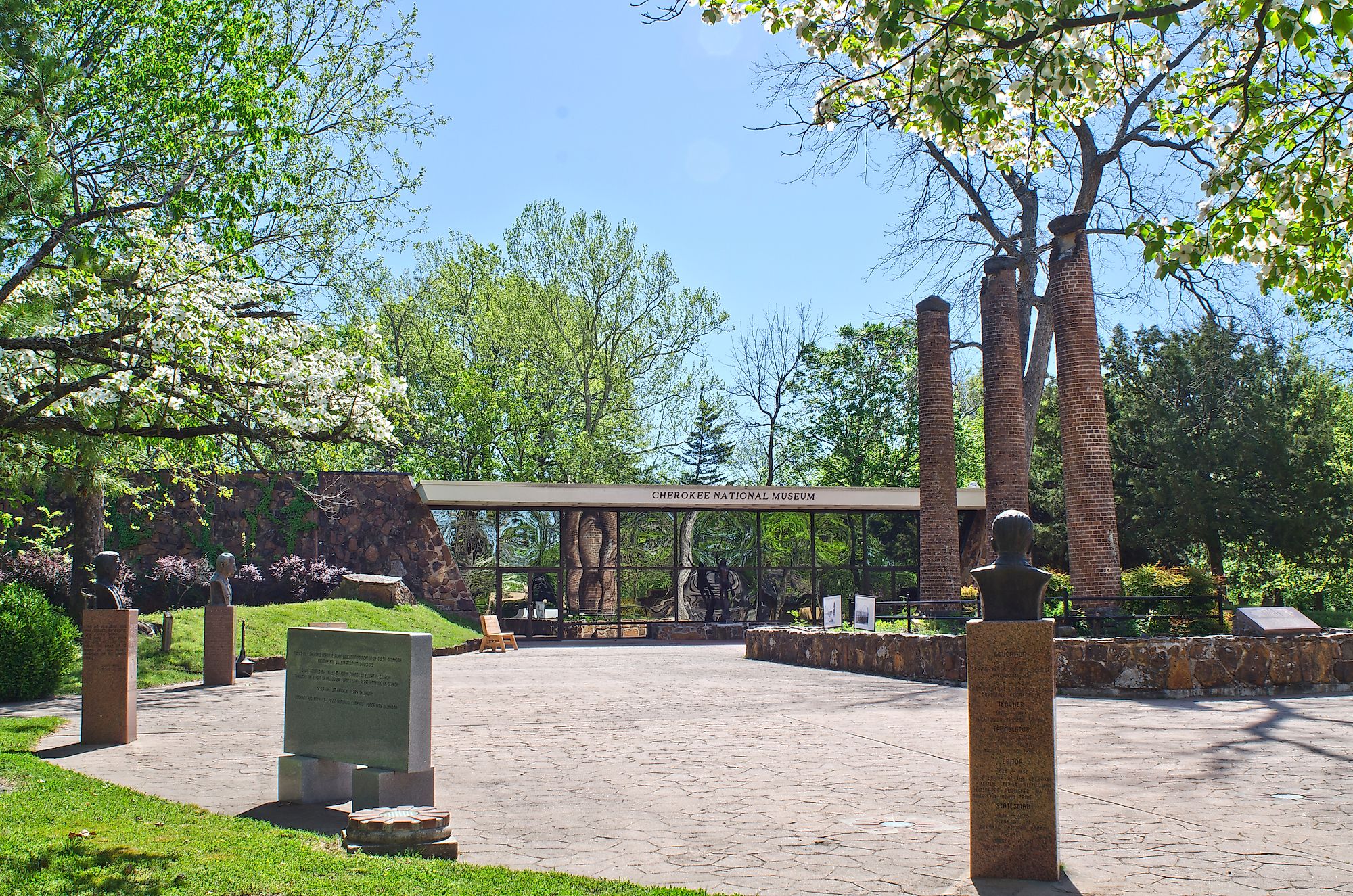
Tahlequah, Oklahoma
Tahlequah is a small city nestled at the foothills of the Ozark Mountains in the Cherokee County in the northeastern portion of the US State of Oklahoma. Tahlequah forms a part of the State’s Green Country region and serves as the capital of both the modern Cherokee Nation and the United Keetoowah Band of Cherokee Indians. As per local legends, the city’s name has been derived from the Cherokee words, ‘ta-li’ and ‘ye-li-quu,’ which means “two are enough.” Tahlequah is also home to the main campus of Northeastern State University.
Geography Of Tahlequah
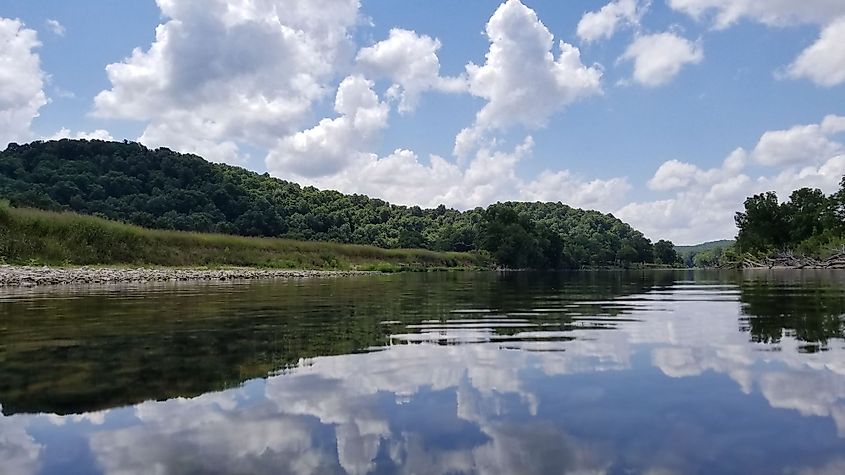
The city of Tahlequah covers a total area of 32.43 sq. km, of which 0.10 sq. km is occupied by water and 32.33 sq. km is occupied by land. The County Seat of Cherokee County, Tahlequah, is situated close to Lake Tenkiller and the Illinois River, approximately 64km west of the Arkansas state line at the meeting point of US Highway 62 with the State Highways 10, 51, and 82. Tahlequah is also located about 74.03km west of Fayetteville, Arkansas, and 94.95km east of Tulsa, Oklahoma.
Climate
According to the Köppen climate classification, Tahlequah experiences a humid subtropical climate with very hot and humid summers and cold winters. The hot season lasts from June to September, with July being the hottest month, having an average high temperature of 33.3°C and a low temperature of 21.1°C. The cold season lasts from November to February, with January being the coldest month, having an average low temperature of -2.2°C and a high temperature of 9.4°C. The city receives an average annual precipitation of 50.23 inches and an average snowfall of 6.1 inches.
The Population And Economy Of Tahlequah
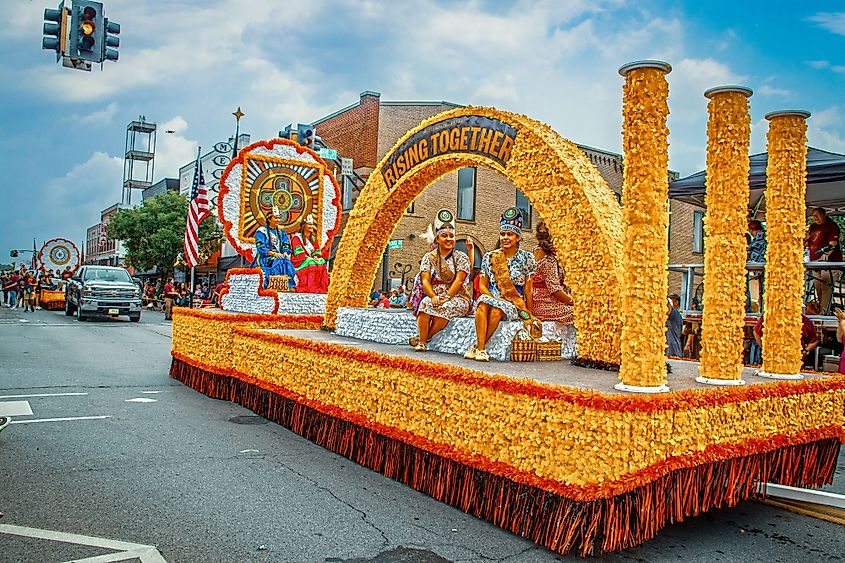
In 2019, the city of Tahlequah had a population of 16,667 people with a median age of 29.1. As of 2019, about 990 people (5.94% of the residents) of Tahlequah were born outside the country. The most common birthplace of the foreign-born residents of Oklahoma is Mexico, followed by Vietnam and India. The largest ethnic groups in Tahlequah are the non-Hispanic White representing 48% of the city’s population, followed by the American Indians and Alaska Natives at 28%, two and more races at 11.2%, Hispanic White at 4.05%, and other races at 2.86%. Several people in Tahlequah speak the Cherokee language, and 94.6% of the city’s residents are US citizens.
As of 2019, the median household income in Tahlequah was $37,177, and the median property value was $124,600. The average car ownership in Tahlequah was two cars per household. The largest industries in Tahlequah are Educational Services, Health Care & Social Assistance, and Retail Trade. The highest paying industries in the city include manufacturing, Public Administration, and Utilities, while the largest universities in the city include the Northeastern State University and the Beauty Technical College Inc.
Tourist Attractions In Tahlequah
Northeastern State University
The city of Tahlequah is home to the main campus of Northeastern State University. The Northeastern State University serves as Oklahoma’s oldest institution of higher learning and one of the oldest institutions of higher education situated to the west of the Mississippi River. The Northeastern State University was founded on May 7, 1851, as the original Cherokee National Female Seminary. At present, the Northeastern State University contains five colleges that offer about 13 pre-professional programs, covering Business & Technology, Education, Health & Science Professions, Liberal Arts, and Optometry. In addition to this, the University also offers 18 graduate degrees and 69 undergraduate degrees.
Cherokee National Supreme Court Museum
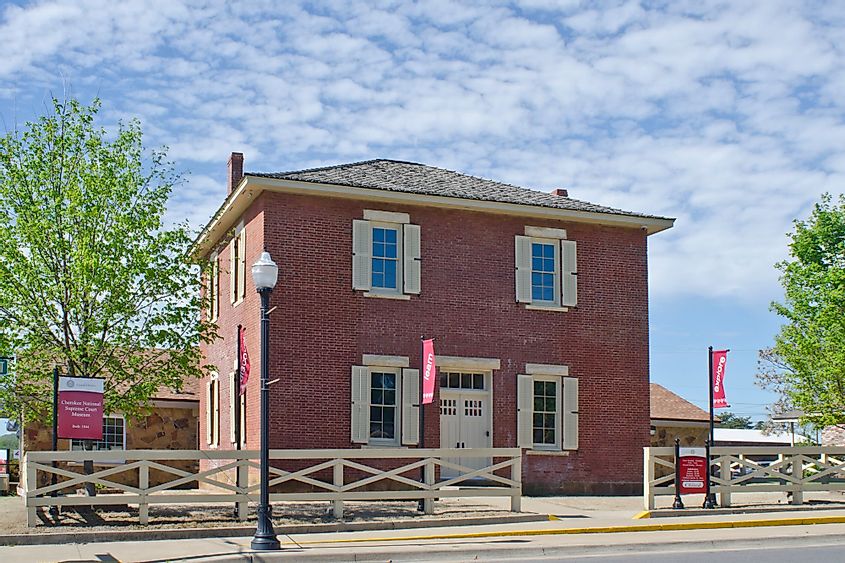
The Cherokee National Supreme Court was constructed in 1844 by James S. Pierce on the southeastern corner of the town square in downtown Tahlequah. The Cherokee National Supreme Court Museum is Oklahoma’s oldest public building. This historic building once housed the Cherokee National Supreme Court and has presently been converted into a public museum. The building also hosted the original printing press of the Cherokee Advocate. The Cherokee National Supreme Court Museum also features a wide variety of valuable historical items that tell stories about the Cherokee National Judicial System, the Cherokee language, and the Cherokee Advocate and Phoenix newspapers.
Cherokee National History Museum
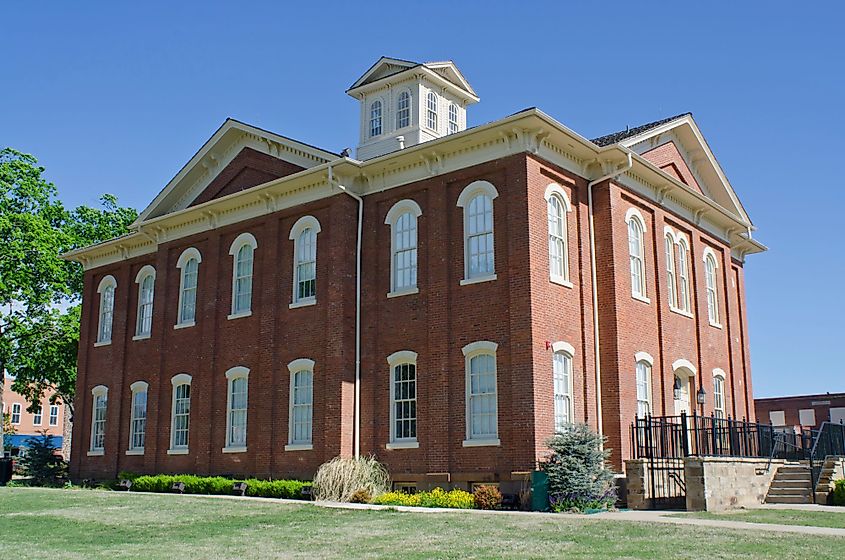
The Cherokee National History Museum is housed in the historic Cherokee National Capitol building at 101 South Muskogee Avenue, Tahlequah. The Cherokee National Capitol Building has been designated as a National Landmark and is also listed on the National Register of Historic Places. This art and cultural history museum contains 370 sq.m of space for permanent exhibits and 93 sq.m of rotating gallery space. The museum exhibits many works by Cherokee nation artists and artifacts from the Smithsonian Institution, Cherokee Nation Archives, Gilcrease Museum, and the Oklahoma Historical Society.
Brief History
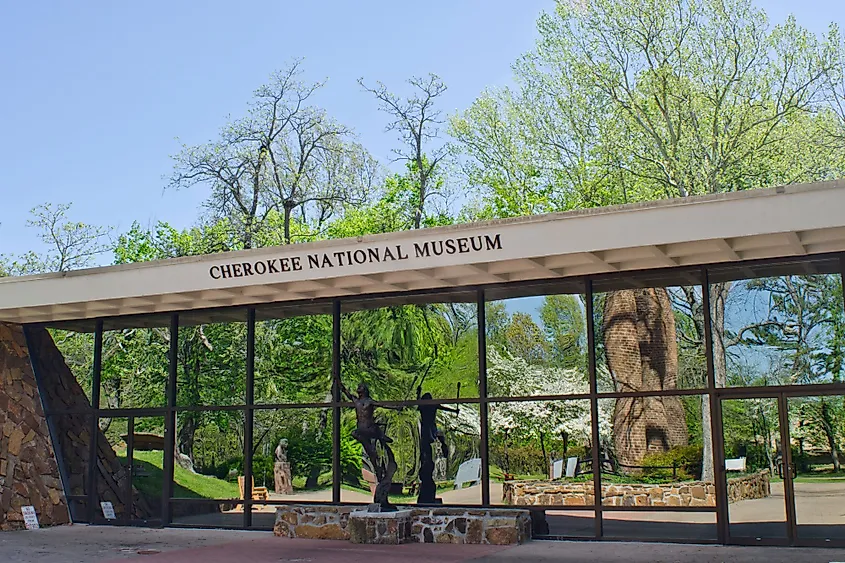
The Cherokee Indians initially inhabited Tahlequah. In 1839, Tahlequah was designated as the capital of both the Cherokee Nation and the United Keetoowah Band of Cherokee. As per local legends, the city’s name has been derived from the Cherokee words, ‘ta-li’ and ‘ye-li-quu,’ which means “two are enough,” and refers to a meeting of two federal commissioners, who instead of waiting for the arrival of a third commissioner, designated the place to be the endpoint of the Cherokee Trail of Tears. By 1842, the town had four stores and supported a thriving business community. In 1843, the townsite was set out on the Cherokee Council grounds, and in 1844, the Cherokee Supreme Court Building was built. In 1852, the first incorporation act of Tahlequah was issued by the US district court at Muskogee. In due course, the town grew around the capitol square, a government complex containing log or frame structures. However, most of these buildings were destroyed during the American Civil War. After the Civil War, efforts were made to rebuild the town. A new brick capitol was built and first occupied in 1870. In 1907, the building became the Cherokee County Courthouse at the time of Oklahoma statehood. In 1970, the building was returned to the Cherokee Nation. On June 18, 1940, the city of Tahlequah adopted its Charter. With an approximately 39% growth rate, Tahlequah was Oklahoma’s fourth-fastest growing city during the 1990s.
